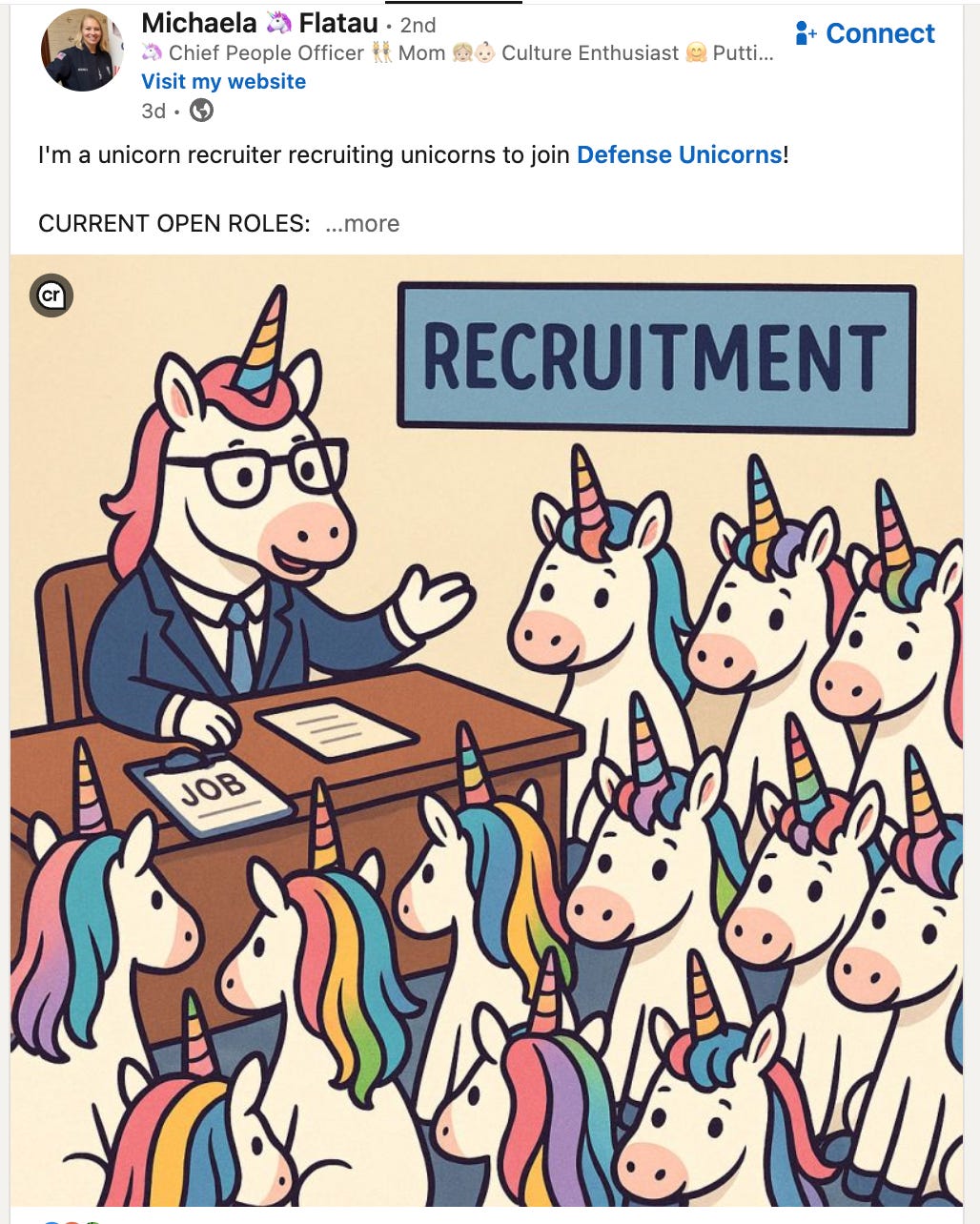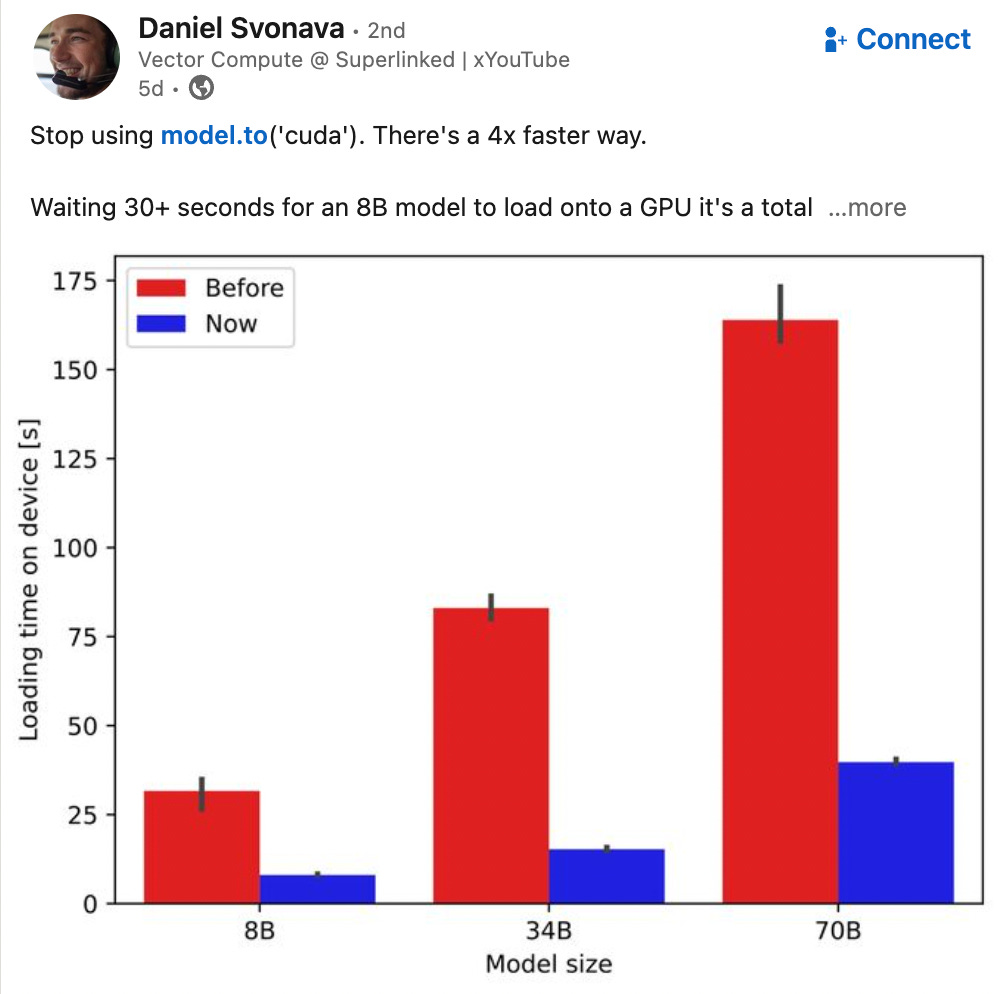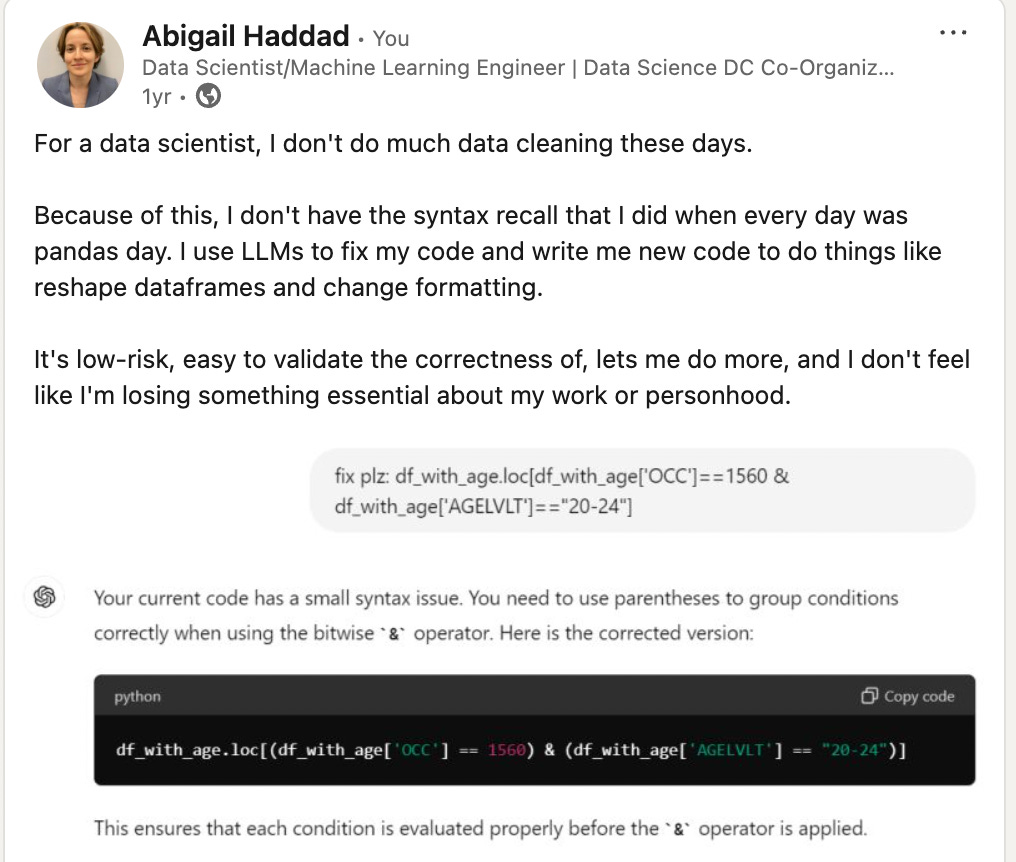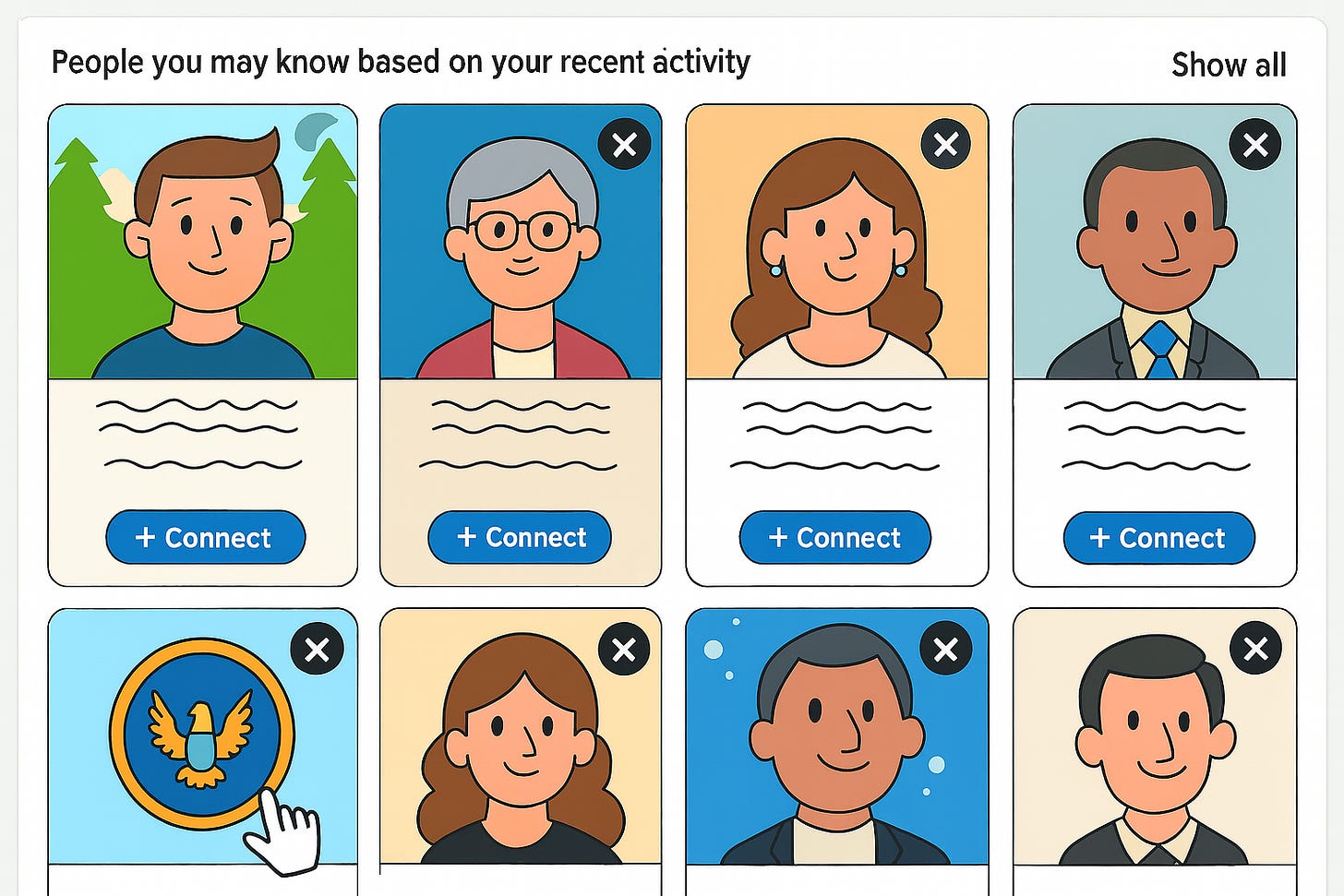Actually, LinkedIn is Fine
Here’s How to Use It
Everyone loves to hate LinkedIn. There's a popular subreddit called LinkedIn Lunatics dedicated to mocking the platform's most cringe-worthy posts: the humble-bragging, the fake vulnerability, the performative positivity that makes you want to throw your laptop out the window.
But here's the thing: LinkedIn might actually be useful to you professionally. And you don't have to do any of that stuff to get value from it.
LinkedIn Solves Real Problems
A lot of career-related problems are actually information problems. What roles should I apply for? What's happening in my field that I should keep up with? Who are the people with the skills and interests I'm looking for to fill roles at my organization?
I know "networking" feels gross and transactional to many people. But there's no master directory for any of this information. You use what's available. LinkedIn isn't perfect, but it's often the most efficient option. Here are a few things it can do for you:
Discovery: See what people in your field are talking about, find tools you didn't know existed, learn about events you might want to attend.
Visibility: Let people know what you're working on, interested in, or thinking about—and if you're job searching.
Messaging: People can find and contact you about opportunities, and you can reach out when you need information or introductions.
I've learned about tools I later used from LinkedIn first. I've reconnected with people I'd lost touch with. My last job? I applied because I saw people talking about it on LinkedIn. And the one before, I found because a recruiter messaged me on LinkedIn—and I wasn’t at all active then, beyond having an up-to-date profile.
Legibility Without Cringe
Yes, there are LinkedIn posts that make you cringe. There's an algorithm, and some things that perform well are kind of gross. But lots of posts aren't that. Some are just… fine.
Things I've seen in my feed recently include:
"Everyone says 'We want the best people.' But your hiring process still looks like this."
"Gov agencies hate risk. Prove your solution works small before going big."
"Want to learn Rust with me? I'm teaching a workshop at Cascadia R Conference in June."
"What's your unpopular opinion about AI careers? I'll go first: Most AI jobs don't need deep learning."
None of these are super clickbaity. But they're legible. That is, they answer the question "Why should I care?" right up front. Instead of making people work to figure out what you're talking about, they’re making it easy for you to decide whether to engage.

Here are some examples of my own posts that follow this principle:
Sharing useful resources:
"Want raw FedScope data? Can't get it? Check out my git repo."
"📊 FedScope Employment data is the official dataset on federal government personnel. I'm trying to make it easier to use."
Asking for technical help:
"I've got 150 million rows of data, zero budget, and might want to build a GUI for people to filter/aggregate/download slices. Help!"
Promoting events:
"JULY 8th: Whether you're deep into a new project, debugging a rogue script, or just curious what everyone's building these days, join us at Prefect in Foggy Bottom."
LinkedIn only shows the first couple of lines of your post, so you need those initial words plus your image1 to communicate what your post is about immediately. That's what people who are new to LinkedIn often miss—they bury the point instead of leading with it.
Don't Worry About the Numbers
If you're not a "social media person," the idea of posting and getting feedback from strangers in the form of likes or comments (or no likes or comments!) might feel uncomfortable. But you can decide how much to care about the numbers—and you don't have to take them personally.
I once posted about using LLMs to help with Python syntax. It wasn't especially interesting. But it got 355,217 impressions and reached 196,366 people. I will probably never get that kind of engagement again—and that's fine.
The way I think about this: be outcome-independent. Focus on clarity, not performance. I try to make the first lines clear, and I usually add an image, but I'm not optimizing for engagement. You can do more or less optimization, depending on your goals.
How to Get Started
If you're interested, here's how to start:
Step 1: Fix the basics. Update your profile so it's accurate. Add a photo. Connect with former coworkers and other people you know.
Step 2: Lurk. Follow people in your field who post things you care about. Notice what they’re doing.
Step 3: Share2. Start posting when you have something to say. That might be asking for help with a tool, sharing an article you liked, or reposting a job from your organization with some context. Start small if you’re not sure how.
What about connecting with strangers? Some people don't like it. I do it, and people do it with me all the time. I usually accept if we have a lot of mutual connections or if it’s clear to me why we might want to chat.
I spend a lot of time on LinkedIn because it helps with things I care about—events, side projects, my blog. So I post frequently, and I connect with people more than average. It's what I do instead of scrolling Reddit. If you don't have those goals, the time you spend will probably be less.
Why This Matters Now
If your job security assumptions have changed, or if you're in a field that's evolving faster than it used to, LinkedIn is now more valuable. For instance, for government folks—if you need to navigate the job market in ways you previously wouldn't have—this is a tool worth understanding.
Success isn't about becoming an influencer. It's about:
Finding opportunities you'd otherwise miss
Being visible when it matters
Having an easy way to reach people—and be reached
You don't need Premium. You don't need to post every day. You don't need thousands of connections. Just being present and clear about what you're doing, and reading what other people are doing, can be helpful.
Images, not links. Put links in after the image or in the comments. You can't control how LinkedIn will render the link, and it's often not very good.
Depending on your organization and role, you may want to clear your posts with your manager—at least initially, to get a sense of what’s allowed.




I've got better and more interesting inbound from LinkedIn than from any other website, and it isn't even close.
The cool kids are on X/Bluesky/wherever. But the most valuable connections are, unsurprisingly enough, on the website devoted to valuable connections.
I've got better and more interesting inbound from LinkedIn than from any other website, and it isn't even close.
The cool kids are on X/Bluesky/wherever. But the most valuable connections are, unsurprisingly enough, on the website devoted to valuable connections.